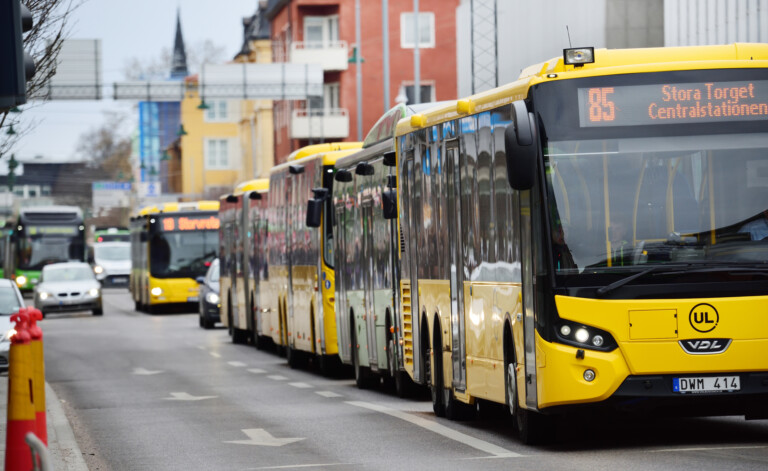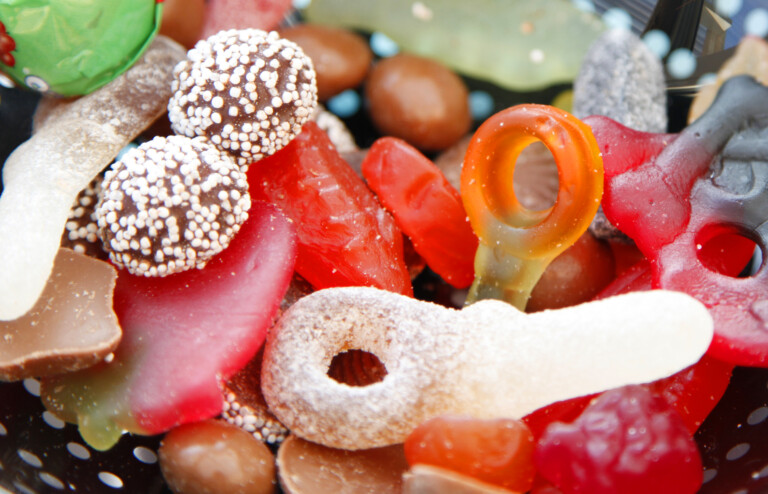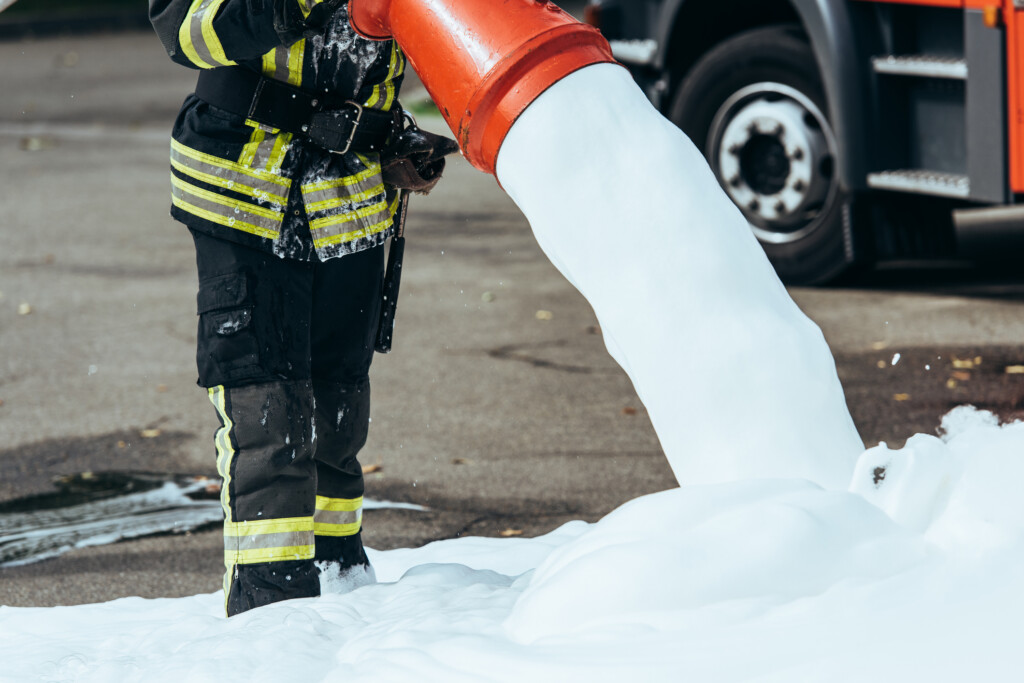Transport
The Arctic dream

An “arctification” of Upper Norrland, the northernmost region of Sweden, has given international tourism an extra boost. But it has also made the tourism industry especially vulnerable during the pandemic.
Subscribe to Extrakt newsletter!
Läs mer
Stay up to date! Get the knowledge, ideas and new solutions for a sustainable society.
Personal data is stored only for the mailing of Extrakt newsletters and information related to Extrakt’s operations. You can cancel the newsletter at any time, which means you will no longer receive any emails from us
“The pandemic has brought home how essential tourism is in Upper Norrland – and the fact that domestic tourism should not be underestimated,” says Dieter Müller, professor of human geography at Umeå University.
The dream of the Arctic – a snowy and frigid destination up north – inspires travellers from across the world to seek out northern Norrland. Dieter Müller and his research colleagues call it arctification: thanks to climate change, the Arctic has captured the attention of the world along with an awareness of the threats it faces.
“Tourism aside, there’s a lot of talk about the Arctic, and about climate change and the threat it poses to animals and nature,” Müller says. “Many see it as a last chance to experience an endangered destination. In tourism research we call it last-chance tourism. You could say that in this respect all publicity is good publicity.”
Worldwide interest
In several research projects, Müller and his colleagues have taken a closer look at the importance of tourism for Upper Norrland, including how tourism is impacted by climate change and what economic effects tourism has had on the job market and development in several municipalities.

Arctification plays an important role in the advance of tourism. Müller and his colleagues clearly grasp the significance of calling Upper Norrland “the Arctic” in order to attract visitors from abroad. The tourism industry, as well as universities and other organisations, have understood what grabs attention, and the Arctic is increasingly highlighted in company names and advertising.
“By taking on a new brand identity, it has become a global magnet for tourists,” Müller says. “A starting point for our research was to study what is happening in places like these where tourism is only growing and growing. But the pandemic surprised us when international tourism suddenly plummeted.”
Global tourism is the hardest hit
Domestic tourism is still most important in Upper Norrland. But in some locations, the global market has opened new doors – and it companies catering to global tourists that have been hardest hit by altered travel habits resulting from the pandemic.
“For several years now, we’ve seen operators who are clearly targeting an international market by promoting exclusive products around the theme of life in the wilderness. Eastern Norrbotten is a noteworthy example. Pajala, which has never been viewed by Swedes as a tourist hotspot, has become just that – among Belgians.”
At the same time, winter has become the major season of interest. Winter activities are becoming more common, and marketing materials highlight the winter landscape. The notion of the Arctic as a snowy destination is, in a sense, hampering a tourist industry that thrives year round. Foreign tourists are attracted by the snow and the cold, an environment on the verge of extinction.
“What we call last-chance tourism, people who come from far away to experience real winter, has also meant that more and more people are less prepared for the cold and the snow,” Müller says.
Another downside of arctification is that people sell an image that is not always 100 percent accurate.
“Travellers have a clear picture of what the Arctic is and often expect a white landscape. But Jukkasjärvi in July is far from the image of a typical Arctic landscape.”
In Jukkasjärvi, Icehotel 365 is a showcase for how companies are adapting to changes in tourism. Featuring the same appearance as the original ice hotel, it now attracts visitors all year round.
The overtourism suffered by other natural tourist destinations during the pandemic, when natural and cultural heritage environments were subjected to severe wear and tear, is not a major problem in most locations in Upper Norrland. Besides a few sensitive locations, it is reindeer husbandry that primarily risks being impacted.
“It’s easy to think that people who travel to Upper Norrland are seeking refuge in the wilderness. But in our research, we see that the big growth in terms of overnight stays is taking place in the cities.”
Smarter ways to travel
Müller believes that the disruption to global tourism caused by the pandemic will be short-lived. Neither a pandemic nor climate change will significantly change our travel habits. A more realistic sustainable development involves finding more climate-smart ways to travel, he believes.
“Becoming a global tourist destination is not entirely optimal from a sustainability perspective. We find that many companies are good at thinking locally and sustainably in the services they offer tourists. But it is still the tourists’ journey that accounts for the major environmental impact. At the same time, there is a moralising about travel that companies in other industries don’t face. We can, of course, say that it’s wrong to go to Upper Norrland because it’s far away. But then we also need to have an idea of how people there should make a living instead.”
Tourism in Arctic Sweden
In the report Arctic tourism in times of change: Dimensions of urban tourism, Dieter Müller and his research colleagues write about how tourism in the Arctic regions of Europe and North America has grown in recent years. Among other findings, they point out that most tourists who travel to the Arctic mainly visit its cities, even though the cities are not primarily tourist resorts.
In the report Arctic tourism in times of change: Seasonality, the researchers describe how arctification can limit the tourism industry’s ability to operate year round, since many visitors mainly want to experience the winter landscape that fits their image of the Arctic.








